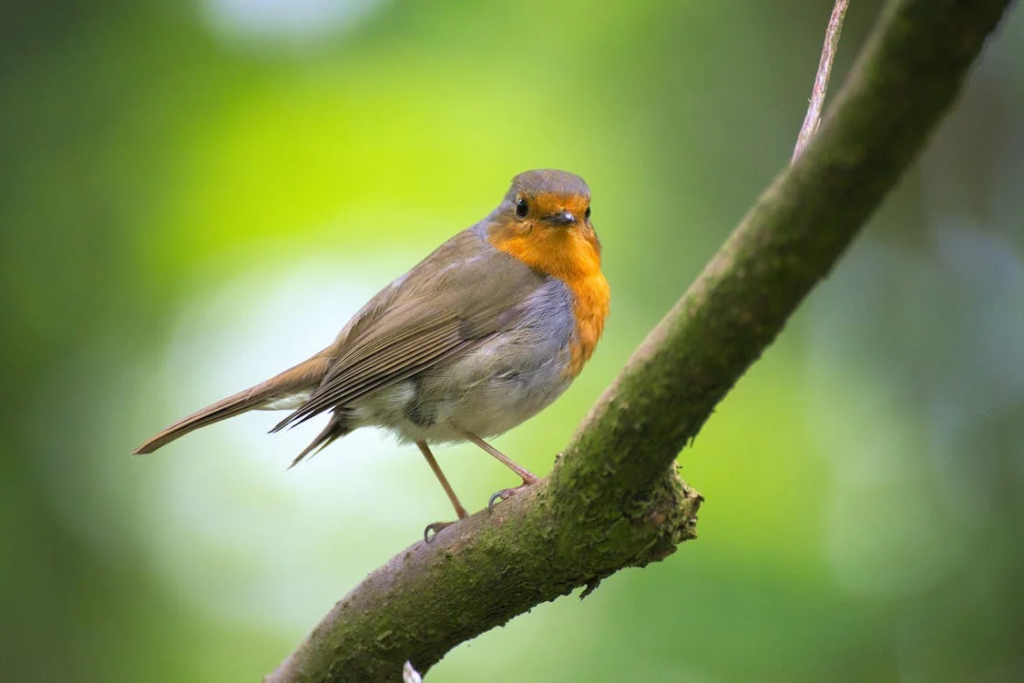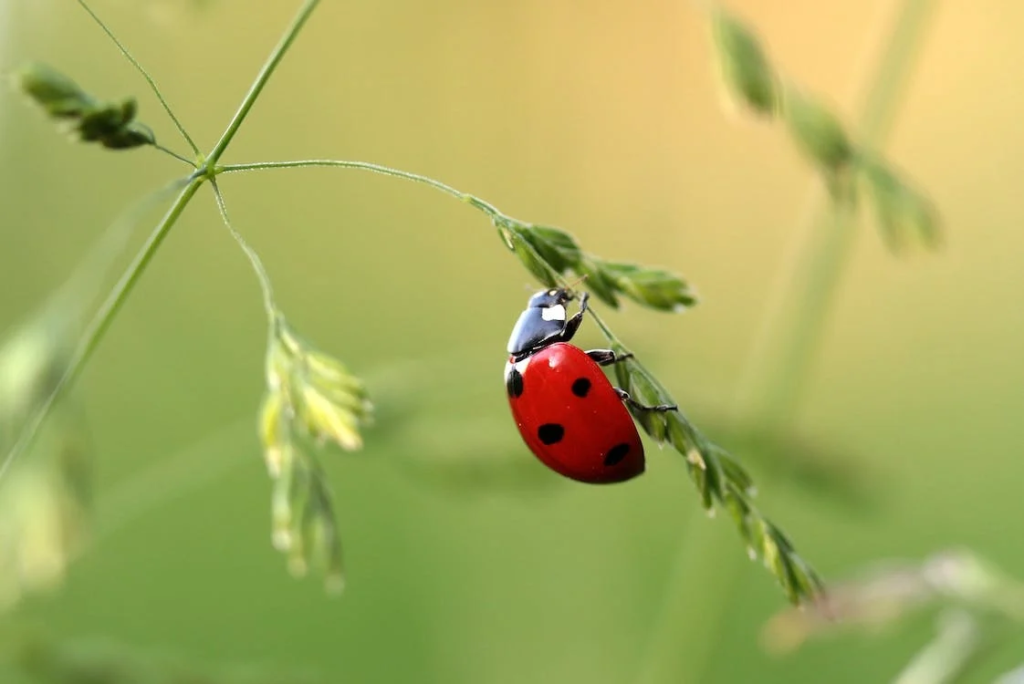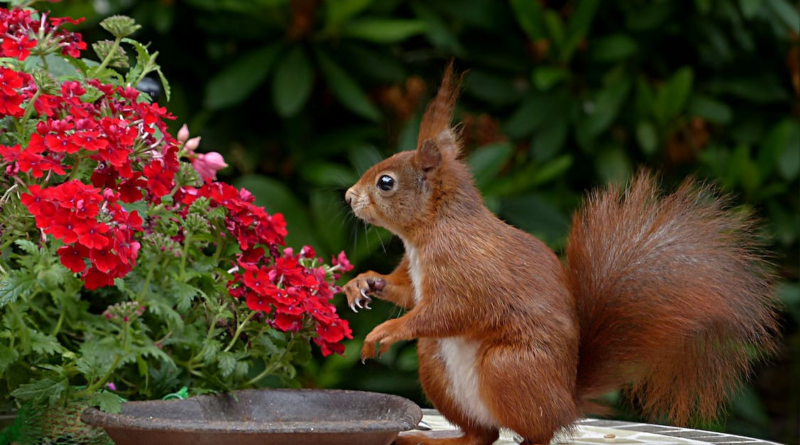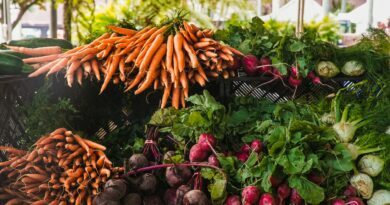Allotment Adventures: Documenting Wildlife Encounters on Your Plot
Welcome to the enchanting world of allotment gardening, where every visit to your plot is an opportunity for adventure and discovery. Beyond the rows of vegetables and flowers lies a thriving ecosystem teeming with wildlife, from buzzing bees and fluttering butterflies to chirping birds and scurrying mammals. In this comprehensive guide, we’ll embark on a journey of exploration and documentation, learning how to observe, identify, and appreciate the diverse array of creatures that call our allotments home.

Observing Garden Wildlife:
Step into your allotment plot with a keen eye and an open heart, ready to witness the wonders of nature unfolding before you. Take a moment to simply sit and observe, allowing your senses to awaken to the sights, sounds, and sensations of the garden. Notice the bees buzzing from flower to flower, the birds flitting among the branches, and the gentle rustle of leaves as small creatures dart in and out of hiding.
Equip yourself with a notebook, camera, or smartphone to document your wildlife encounters. Record the species you observe, noting their behaviors, habitats, and any notable interactions with the garden environment. Capture photographs or sketches of the creatures you encounter, paying attention to distinctive markings, colors, and features that can aid in identification.

Identifying Garden Visitors:
As you become more attuned to the rhythms of your allotment garden, you’ll begin to recognize the various species that frequent your plot. Invest in a field guide or download a wildlife identification app to help you identify the birds, insects, and other creatures you encounter. Take note of key features such as size, coloration, wing patterns, and song or call notes to aid in accurate identification.
Keep a running list or journal of the wildlife species you’ve observed in your allotment, noting the date, time, and location of each encounter. Share your sightings with fellow allotment holders or local wildlife enthusiasts to contribute to citizen science initiatives and help monitor biodiversity in your area.

Birds:
Allotment gardens are a haven for a wide variety of bird species, each contributing to the vibrant tapestry of sounds and colors in the garden. Look out for familiar feathered friends such as robins, blackbirds, sparrows, and blue tits, which are commonly sighted as they forage for insects, seeds, and berries among the plants. Keep a keen eye and ear out for rarer visitors like song thrushes, goldfinches, and even birds of prey such as kestrels or owls, which may grace your allotment with their majestic presence. Whether it’s the melodious song of a blackbird or the acrobatic flights of swallows and swifts, birdwatching in the allotment garden offers endless opportunities for fascination and delight.
Insects:
Step into the fascinating world of garden insects and discover a bustling community of pollinators, predators, and scavengers that play essential roles in the ecosystem. From industrious bees and butterflies to voracious pest predators like ladybirds and lacewings, the insect life in allotment gardens is as diverse as it is abundant. Keep a lookout for caterpillars munching on leaves, ants scurrying along pathways in search of food, and spiders spinning intricate webs among the foliage to catch their unsuspecting prey. As you observe the intricate interactions between insects and plants in your allotment, you’ll gain a newfound appreciation for the delicate balance of nature and the vital role that insects play in sustaining life on Earth.

Amphibians and Reptiles:
On warm summer days, the tranquil setting of the allotment garden may attract a variety of amphibians and reptiles seeking refuge and warmth in the sun-dappled surroundings. Look out for amphibians such as frogs or newts basking in the sun near ponds or damp areas of the allotment, their sleek bodies glistening in the sunlight. Keep an eye out for slow-worms slithering through the undergrowth or common lizards darting among the rocks and debris, their cryptic coloration providing camouflage against their surroundings. By creating habitat features such as ponds, log piles, and rockeries, you can encourage these fascinating creatures to take up residence in your allotment, adding an extra dimension of biodiversity to your garden oasis.
Small Mammals:
While less frequently seen than their avian or insect counterparts, small to medium-sized mammals such as foxes, hedgehogs, and squirrels may also inhabit allotment gardens, drawn by the abundance of food and shelter provided by the garden environment. Keep an eye out for the telltale signs of mammalian activity, such as tracks, scat, or burrows, which may indicate the presence of these elusive creatures. In the twilight hours, you may catch a glimpse of a fox slipping silently through the shadows, or a hedgehog rustling among the leaves in search of insects and grubs. By creating habitat features such as hedgerows, wildflower meadows, and brush piles, you can provide valuable habitat and resources for these charismatic mammals, enriching the biodiversity of your allotment garden and creating a welcoming haven for wildlife.

Documenting Wildlife Encounters:
Create a dedicated wildlife journal or scrapbook to document your allotment adventures and wildlife encounters. Include written descriptions, sketches, and photographs of the creatures you observe, along with any interesting observations or insights gained from your encounters.
Share your wildlife sightings and discoveries with fellow allotment holders, local nature groups, or online communities dedicated to wildlife observation and conservation. Consider contributing your sightings to citizen science projects such as the Garden Wildlife Health initiative or the UK Phenology Network to help monitor wildlife populations and track changes in biodiversity over time.
Allotment gardening offers a gateway to a world of wildlife wonders, where every visit to your plot is an opportunity for discovery and connection. By observing, identifying, and documenting the diverse array of creatures that inhabit your allotment, you can deepen your appreciation for the natural world and contribute to the conservation of biodiversity in your local area. So, grab your notebook and camera, step outside, and embark on your own allotment adventures – you never know what fascinating wildlife encounters await you in your garden oasis.




